How to Structure Your Resume for Construction & Trades Roles
Whether you're actively job hunting or preparing for your next role, having a well-structured and up-to-date CV can make a real difference. Here's how to build one that stands out in the Australian construction industry.
Personal Information
Include at the very top:
- Full name
- Suburb and postcode (no full address needed)
- Mobile number
- Professional email address
Professional Summary
Write 2–3 lines that cover:
- Your trade and years of experience
- Types of projects you’ve worked on
- Key certifications or strengths
Example: Qualified Civil Labourer with 6+ years’ experience across major subdivision and road projects in Victoria. White Card and Traffic Control certified. Reliable, safety-conscious, and confident in fast-paced environments.
Project Experience
List the types of projects you’ve worked on, such as:
- High-rise apartments (e.g. 20+ storeys)
- Commercial builds (offices, retail)
- Industrial (warehouses, logistics centres)
- Civil (roads, subdivisions, drainage, bridges)
- Government and education (hospitals, schools, aged care)
Employment History
List each role in reverse order (most recent first). For each role, include:
- Company name
- Job title
- Dates of employment (Month/Year – Month/Year)
- Projects: name, location, and type (if relevant)
- Day-to-day responsibilities and tasks
- Key achievements (e.g. promotions, safety awards, early project delivery)
- Short explanation of any career gaps (e.g. travel, study, parental leave)
Qualifications, Tickets & Licences
List all relevant and current credentials:
- White Card
- First Aid and CPR
- Working at Heights
- Confined Space
- EWP
- Forklift licence
- Traffic Control (Stop/Slow or Implement Plan)
- HR/MR licence
- Certificate III or IV in your trade
- Any additional plant, machinery or safety-related tickets
Key Skills
Include 6–8 bullet points showing what you’re confident with on site:
- Reading and interpreting construction plans
- Operating small plant and equipment
- Trenching, concreting, drainage, formwork or finishing
- Set-out support and working to levels
- Completing SWMS and following OH&S protocols
- Participating in pre-starts and toolbox talks
- Team leadership or working independently
- Strong reliability and communication on site
Referees
You don’t need to list names or contact info. Simply include:
Referees available on request.
Tip: Have 2–3 referees ready (ideally current or recent supervisors or site managers) and let them know they might be contacted.
Tips to Polish Your CV
- Use bullet points and bold headings for readability
- Stick to a clean font like Arial or Calibri (10–12pt)
- Keep it between 2–4 pages depending on experience
- Save and send as a PDF to preserve formatting
- Tailor your summary, skills and project list for each job application

